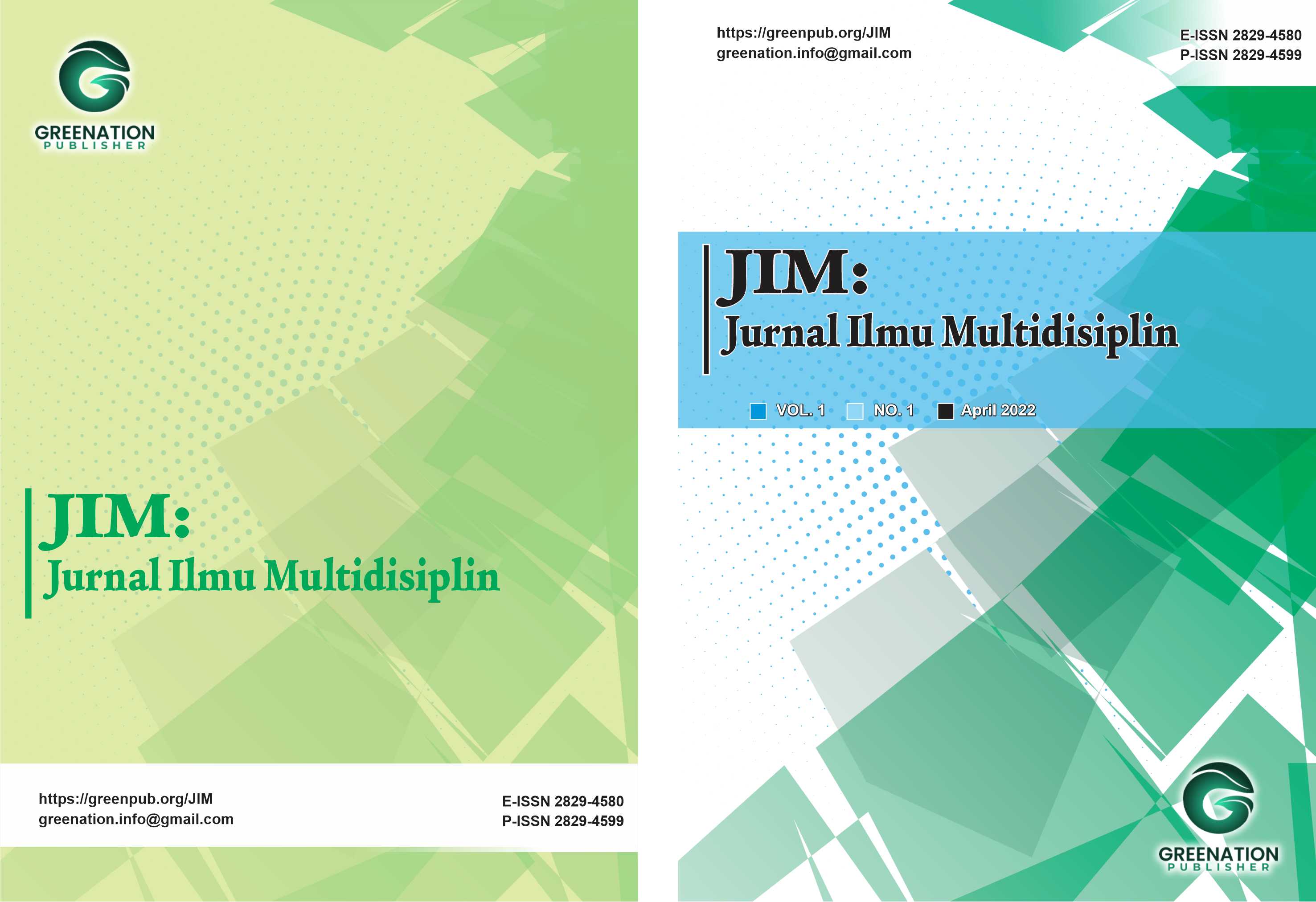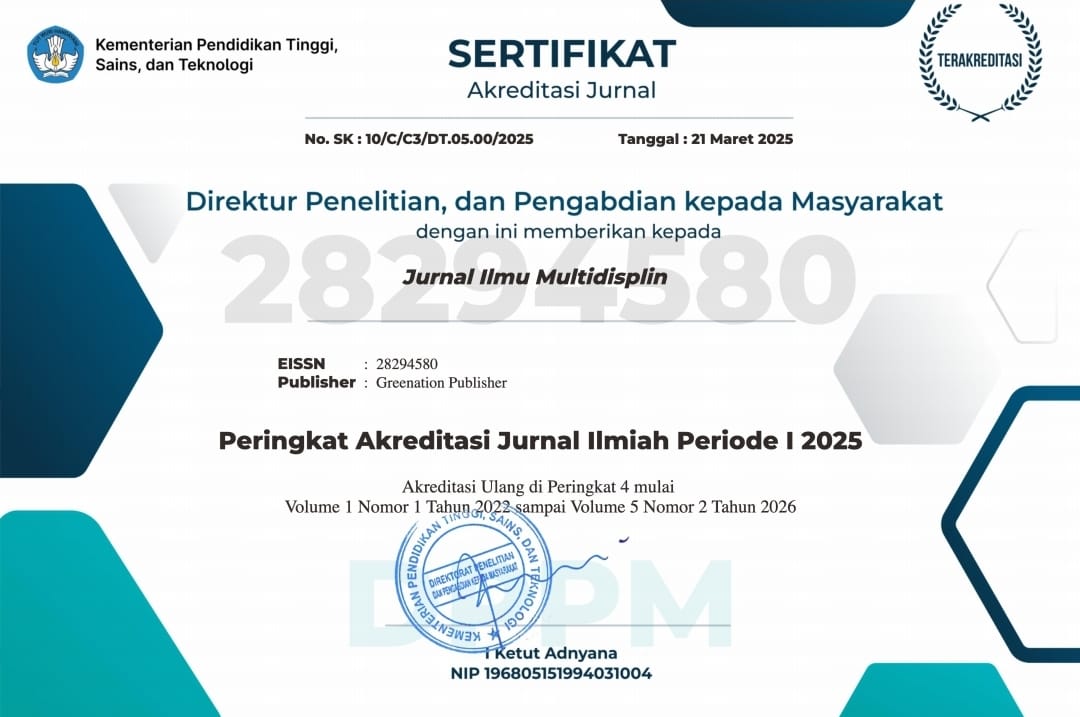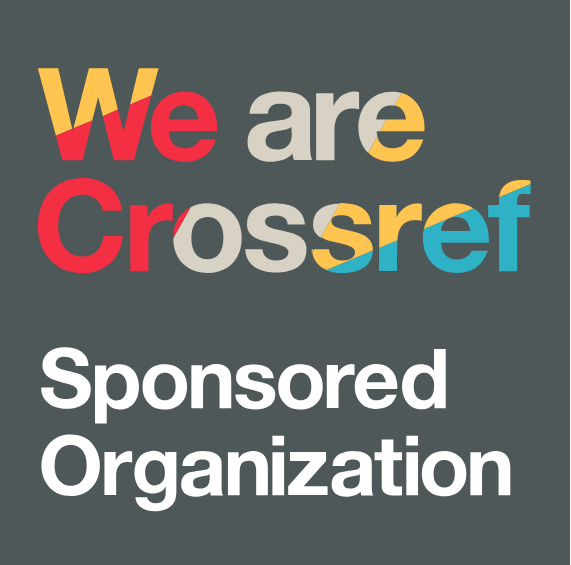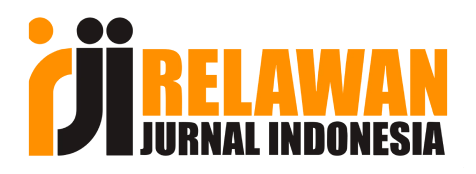Hubungan Altruism dan Happiness pada Relawan
DOI:
https://doi.org/10.38035/jim.v4i2.1044Keywords:
Altruisme, Kebahagiaan, Relawan, Perilaku Prososial, Kesejahteraan PsikologisAbstract
Perilaku altruistik sering muncul pada situasi krisis sebagai bentuk ketahanan manusia, namun hubungan antara altruisme dan kebahagiaan pada relawan belum banyak dieksplorasi dalam konteks Indonesia yang dikenal tinggi dalam indeks kedermawanan global. Penelitian ini bertujuan untuk menginvestigasi hubungan antara altruisme dan kebahagiaan pada relawan yang terlibat dalam kegiatan sukarela dan donasi. Metode kuantitatif non-eksperimental digunakan dengan melibatkan 259 partisipan yang direkrut melalui convenience dan snowball sampling. Pengumpulan data menggunakan Altruistic Personality Scale dan Oxford Happiness Questionnaire yang telah diadaptasi. Hasil analisis korelasi Spearman menunjukkan hubungan positif yang signifikan antara altruisme dan kebahagiaan (r = 0,532; p < 0,01), dengan skor rata-rata kedua variabel tergolong tinggi dan tidak ditemukan perbedaan signifikan berdasarkan jenis kelamin pada kedua variabel. Temuan ini mendukung konsep Virtuous Cycle dan menunjukkan bahwa perilaku altruistik dapat meningkatkan kebahagiaan melalui aktivasi area otak yang menghasilkan pengalaman positif. Pengembangan program relawan berbasis altruisme direkomendasikan sebagai intervensi untuk meningkatkan kesejahteraan psikologis.
References
Adha, Muhammad Mona. “Advantageous of Volunteerism Values for Indonesian Community and Neighbourhood” 3, no. 2 (2019): 83–87.
Akbar, Gigih Hariyanto, Neka Erlyani, Vira Zwagery, Program Studi Psikologi, Fakultas Kedokteran, Universitas Lambung Mangkurat, Jl Ahmad, and Yani Km. “HUBUNGAN KEBAHAGIAAN DENGAN PERILAKU ALTRUISME PADA MASYARAKAT SEKITAR TAMBANG ASAM-ASAM THE RELATIONSHIPBETWEEN HAPPINESS AND ALTRUISM BEHAVIOR IN THE COMMUNITY AROUND THE MINE OF ASAM-ASAM” 1 (2018): 95–101.
Aries, Christy, and Riana Sahrani. “HUBUNGAN PLACE ATTACHMENT DENGAN PERILAKU PROSOSIAL RELAWAN,” no. November 2016 (2017).
Barrera-hernández, Laura Fernanda, Mirsha Alicia Sotelo-castillo, Sonia Beatriz Echeverría-castro, César Octavio Tapia-fonllem, and Laura Fernanda. “Connectedness to Nature?: Its Impact on Sustainable Behaviors and Happiness in Children” 11, no. February (2020): 1–7. https://doi.org/10.3389/fpsyg.2020.00276.
Diener, Ed. “Happiness: Its Antecedents and Consequences Throughout,” 2022, 1–35.
Eisenberg, Nancy, Ivanna K Guthrie, Amanda Cumberland, Bridget C Murphy, and Stephanie A Shepard. “DigitalCommons @ University of Nebraska - Lincoln Prosocial Development in Early Adulthood?: A Longitudinal Study,” no. January (2002).
Fang, Shichen, Nancy L Galambos, Matthew D Johnson, and Harvey J Krahn. “Happiness Is the Way: Paths to Civic Engagement between Young Adulthood and Midlife.” International Journal of Behavioral Development 42, no. 4 (2018): 425–33.
Fibiona, Indra, Siska Nurazizah Lestari, and Ahmad Muhajir. “Uniting in Humanity?: The Role of Indonesian Red Cross , 1870-1960” 4, no. 1 (2020): 74–83.
Fitriyana, Nur. “HUBUNGAN ANTARA SELF-EFFICACY DENGAN KECEMASAN KOMUNIKASI INTERPERSONAL PADA MAHASISWA BARU,” 2020.
Giovanis, Eleftherios, and Oznur Ozdamar. “Who Is Left Behind?? Altruism of Giving , Happiness and Mental Health during the Covid-19 Period in the UK,” 2022, 251–76.
Gunardi, Andy. “Altruistic Behavior?: Comparation of Men and Women in Indonesia,” 2022, 11–15. https://doi.org/10.5220/0009999100002917.
Hanum, Fegi Azizah, Winny Puspasari Thamrin, and Universitas Gunadarma. “PENGARUH PERILAKU ALTRUISME TERHADAP HAPPINESS PADA RELAWAN MAHASISWA YANG MENJADI KONSELOR SEBAYA SECARA DARING SELAMA PANDEMI,” 2023, 618–33.
Huynh, Jasmine Y, Xanthopoulou Despoina, and Anthony H and Winefield. “The Job Demands-Resources Model in Emergency Service Volunteers: Examining the Mediating Roles of Exhaustion, Work Engagement and Organizational Connectedness.” Work & Stress 28, no. 3 (July 2014): 305–22. https://doi.org/10.1080/02678373.2014.936922.
Kinnunen, Suna Pirita, and Sabine Windmann. “Dual-Processing Altruism” 4, no. April (2013): 1–8. https://doi.org/10.3389/fpsyg.2013.00193.
Lawton, Ricky N, Iulian Gramatki, Will Watt, and Daniel Fujiwara. “Does Volunteering Make Us Happier , or Are Happier People More Likely to Volunteer?? Addressing the Problem of Reverse Causality When Estimating the Wellbeing Impacts of Volunteering,” no. 0123456789 (2020).
Lee, Min-Ah. “Volunteering and Happiness: Examining the Differential Effects of Volunteering Types According to Household Income.” Journal of Happiness Studies 20, no. 3 (2019): 795–814. https://doi.org/10.1007/s10902-018-9968-0.
Mallian, Sally Patricia, Naomi Soetikno, and Universitas Tarumanagara Jakarta. “Pengaruh Empati Terhadap Pengambilan Keputusan Altruistik Individu Dewasa Madya” 6 (2022): 15216–25.
Mariano, Enzo Barberio. “Volunteer Work and Happiness?: A Systematic Literature Review with Sustainable Development Approach,” no. November (2019).
Myers, David G, and Jean M Twenge. Exploring Social Psychology. McGraw-Hill New York, 2012.
Rahmat, Hayatul Khairul. “RGENSI ALTRUISME DAN HARDINESS PADA RELAWAN PENANGGULANGAN BENCANA ALAM: SEBUAH STUDI KEPUSTAKAAN” 1, no. 1 (2021): 45–58.
Riecken, Glen. “Determinants of Volunteerism?: A Cross-Disciplinary Review and Research Agenda” 4, no. 4 (1996): 3–26.
Uranus, Hanna Christina, Rismiyati E Koesma, and Naomi Soetikno. “Humanization of Humans Through Altruism?: A Study of Professional Psychology Graduate Students” 41, no. Ticmih (2021): 210–16.
Utomo, Masitha Hanum, Wenty Marina Minza, Fakultas Psikologi, and Universitas Gadjah. “Perilaku Menolong Relawan Spontan Bencana Alam” 2, no. 1 (2016): 48–59.
Wibowo, Annabela Assyfa. “Altruism in the Volunteer Community?: A Case Study of Siaga Peduli Magelang” 6, no. May (2022): 329–42.
Wijaya, Tiara Fadila Rizqiany & Erik. “Kesejahteraan Subjektif Sebagai Prediktor Perilaku Prososial Pada Siswa Sma Yang Mengikuti Kegiatan Osis” 16, no. 1 (2023): 56–68.
Yuliatun, Ismiyati, Tarmilia Tarmilia, Nur Ramadhani, and Kumaidi Kumaidi. “Psychoeducation to Maintain Community Psychological Well-Being During the COVID-19 Pandemic” 49, no. Ichwb 2021 (2022): 107–12.
Downloads
Published
How to Cite
Issue
Section
License
Copyright (c) 2025 Juliany, Erik Wijaya

This work is licensed under a Creative Commons Attribution 4.0 International License.
You are free to:
- Share— copy and redistribute the material in any medium or format
- Adapt— remix, transform, and build upon the material for any purpose, even commercially.
The licensor cannot revoke these freedoms as long as you follow the license terms.
Under the following terms:
- Attribution— You must give appropriate credit, provide a link to the license, and indicate if changes were made. You may do so in any reasonable manner, but not in any way that suggests the licensor endorses you or your use.
- No additional restrictions— You may not apply legal terms or technological measures that legally restrict others from doing anything the license permits.
Notices:
- You do not have to comply with the license for elements of the material in the public domain or where your use is permitted by an applicable exception or limitation.
- No warranties are given. The license may not give you all of the permissions necessary for your intended use. For example, other rights such as publicity, privacy, or moral rightsmay limit how you use the material.




























